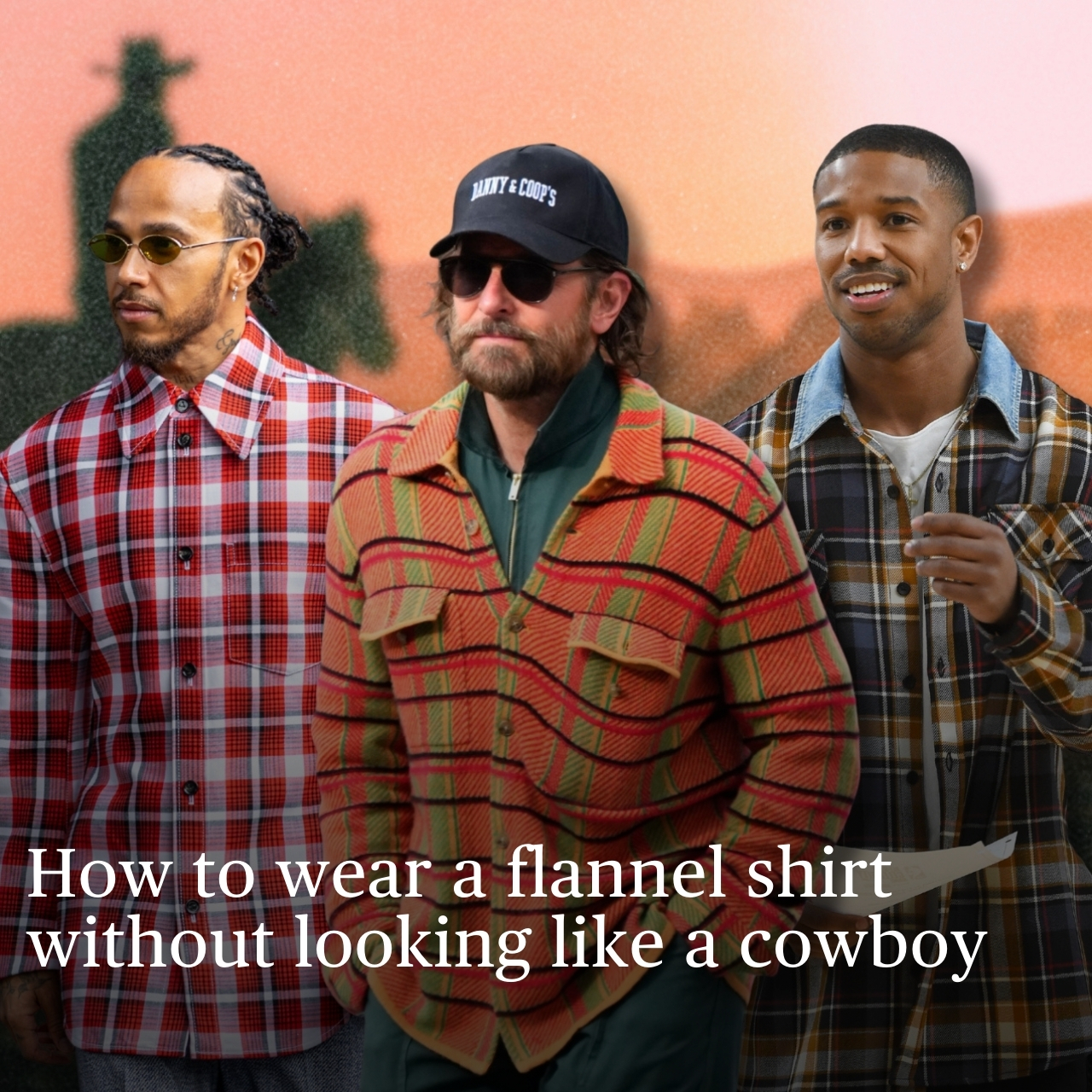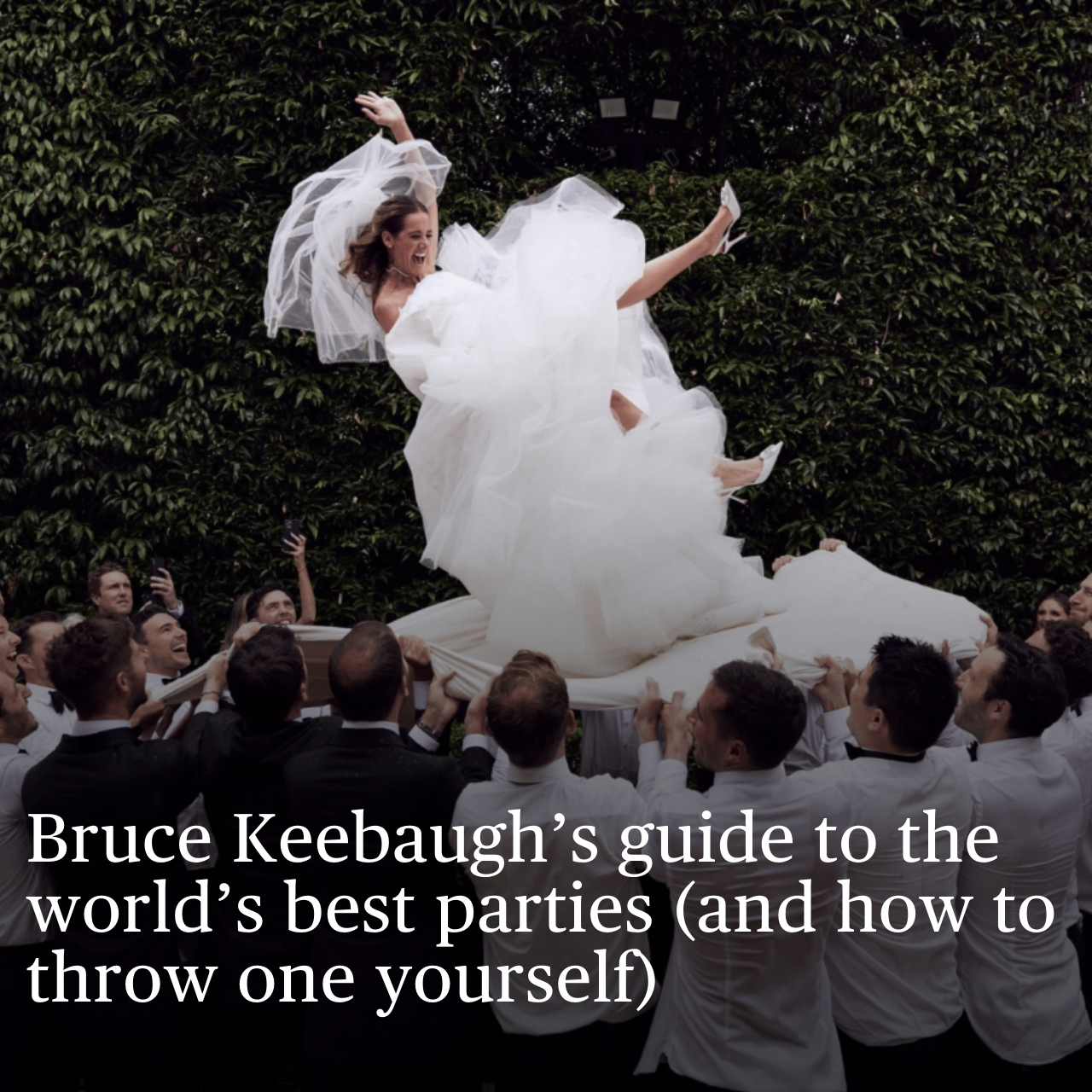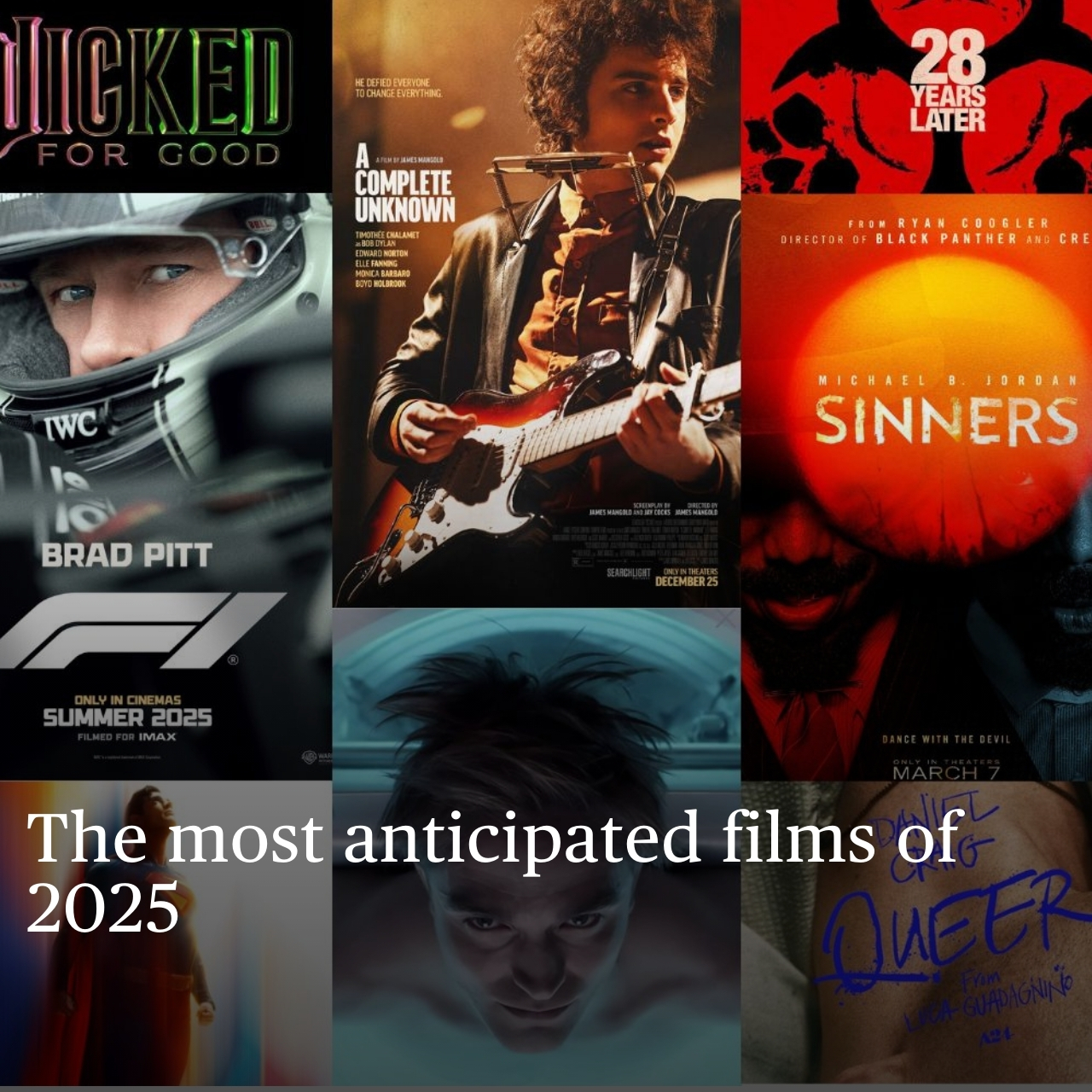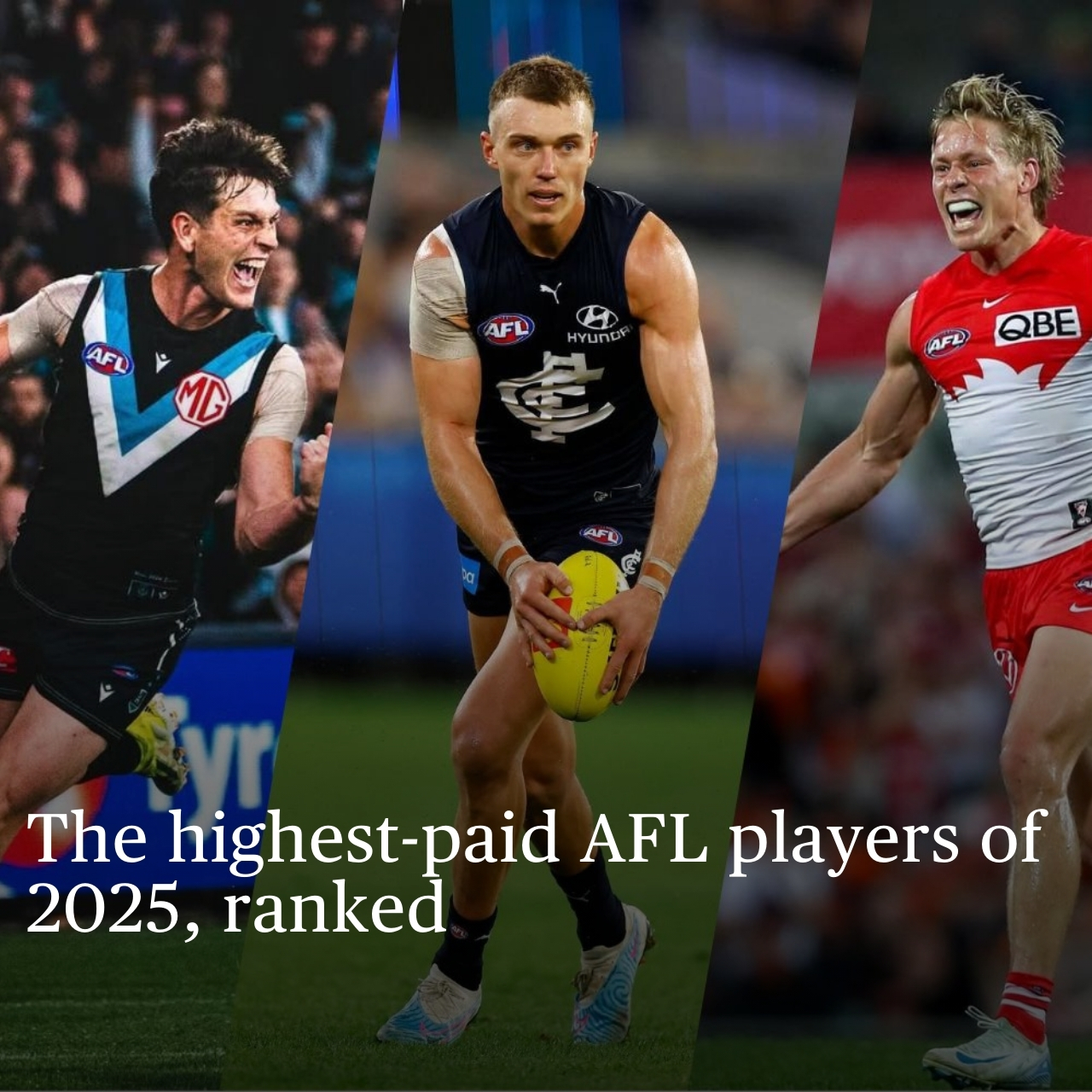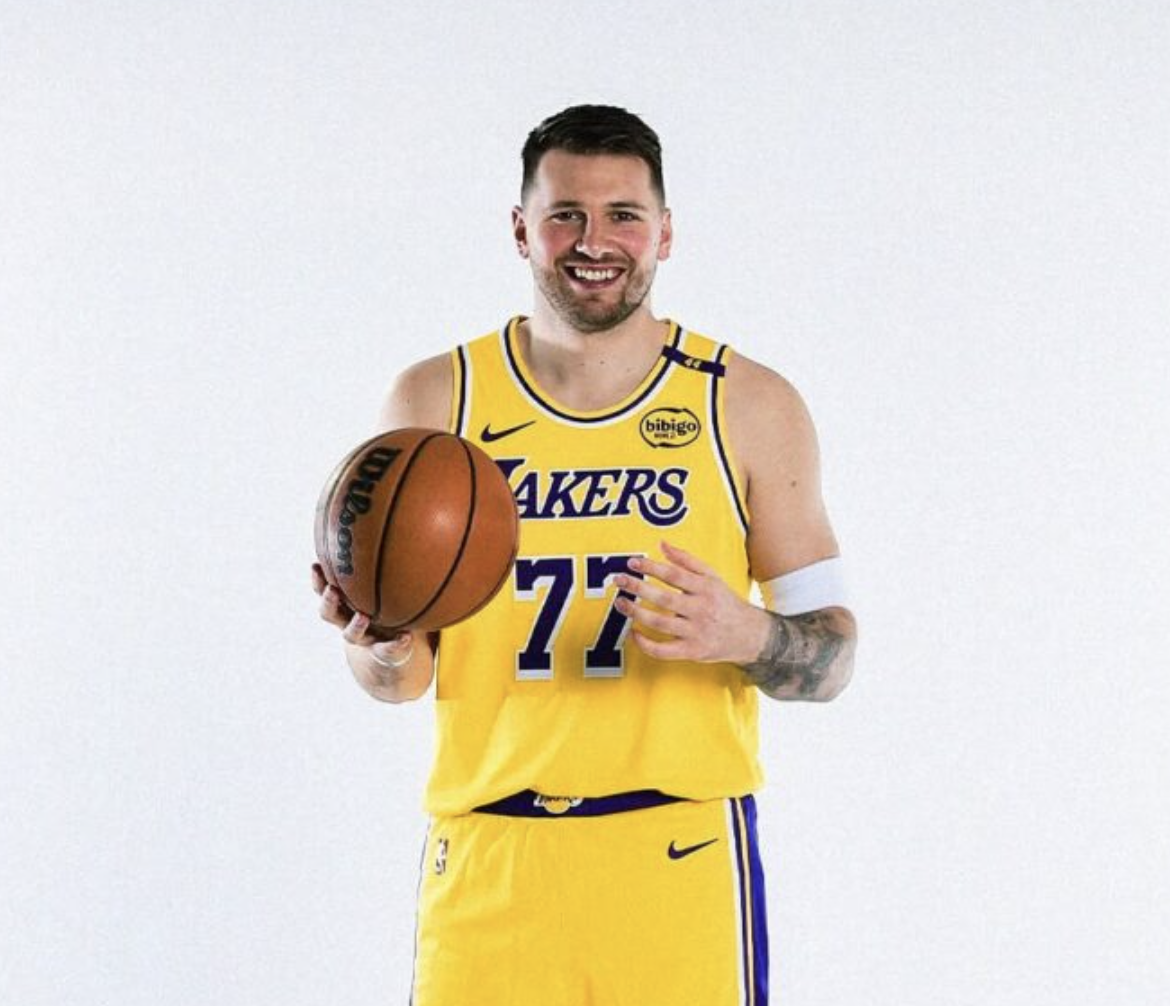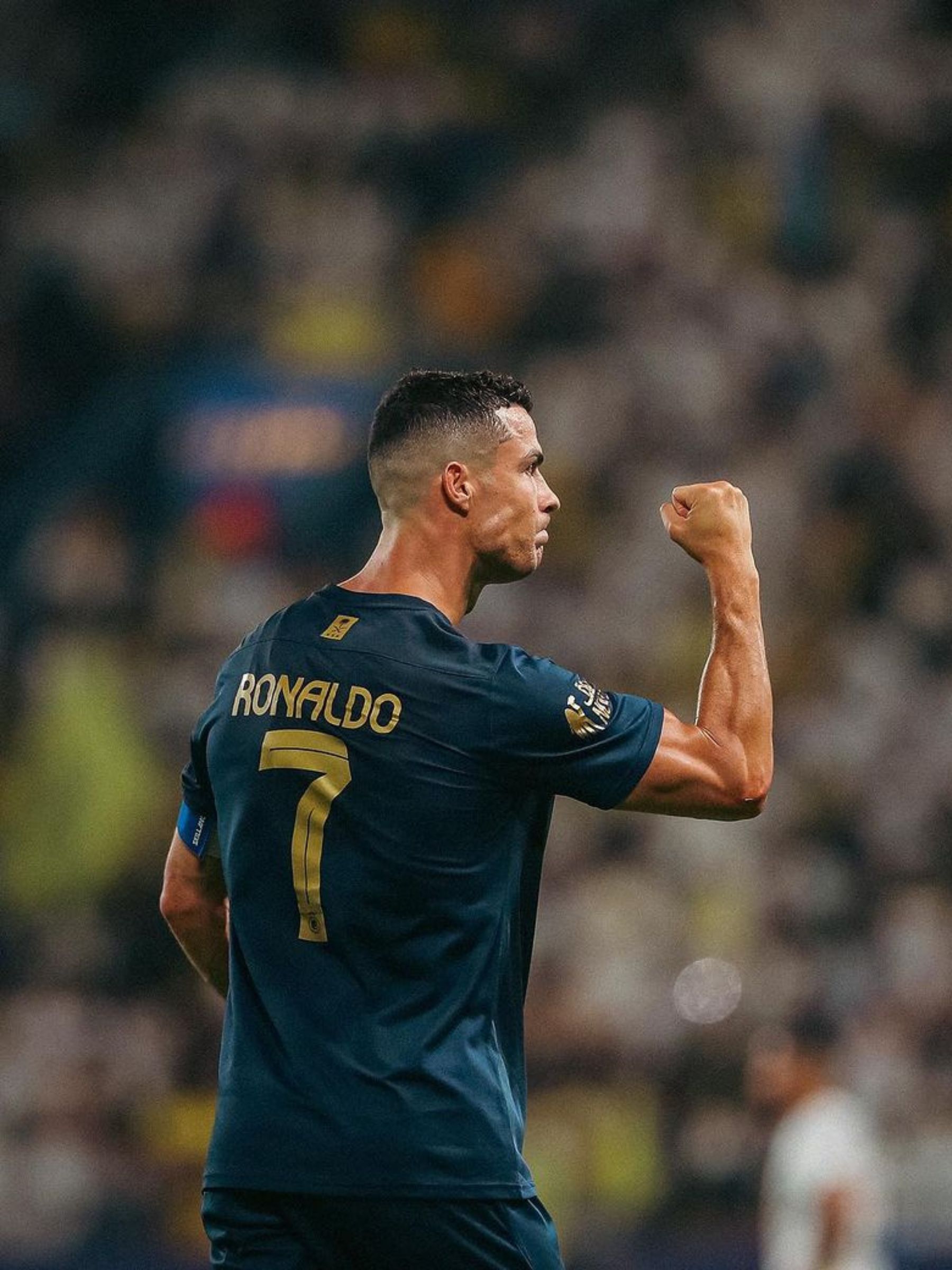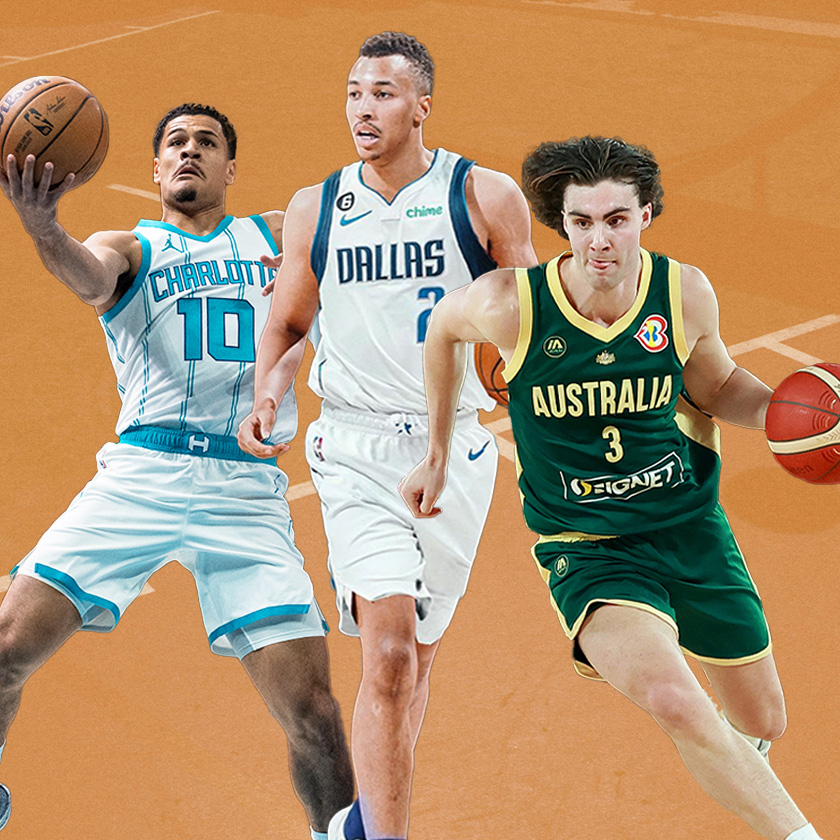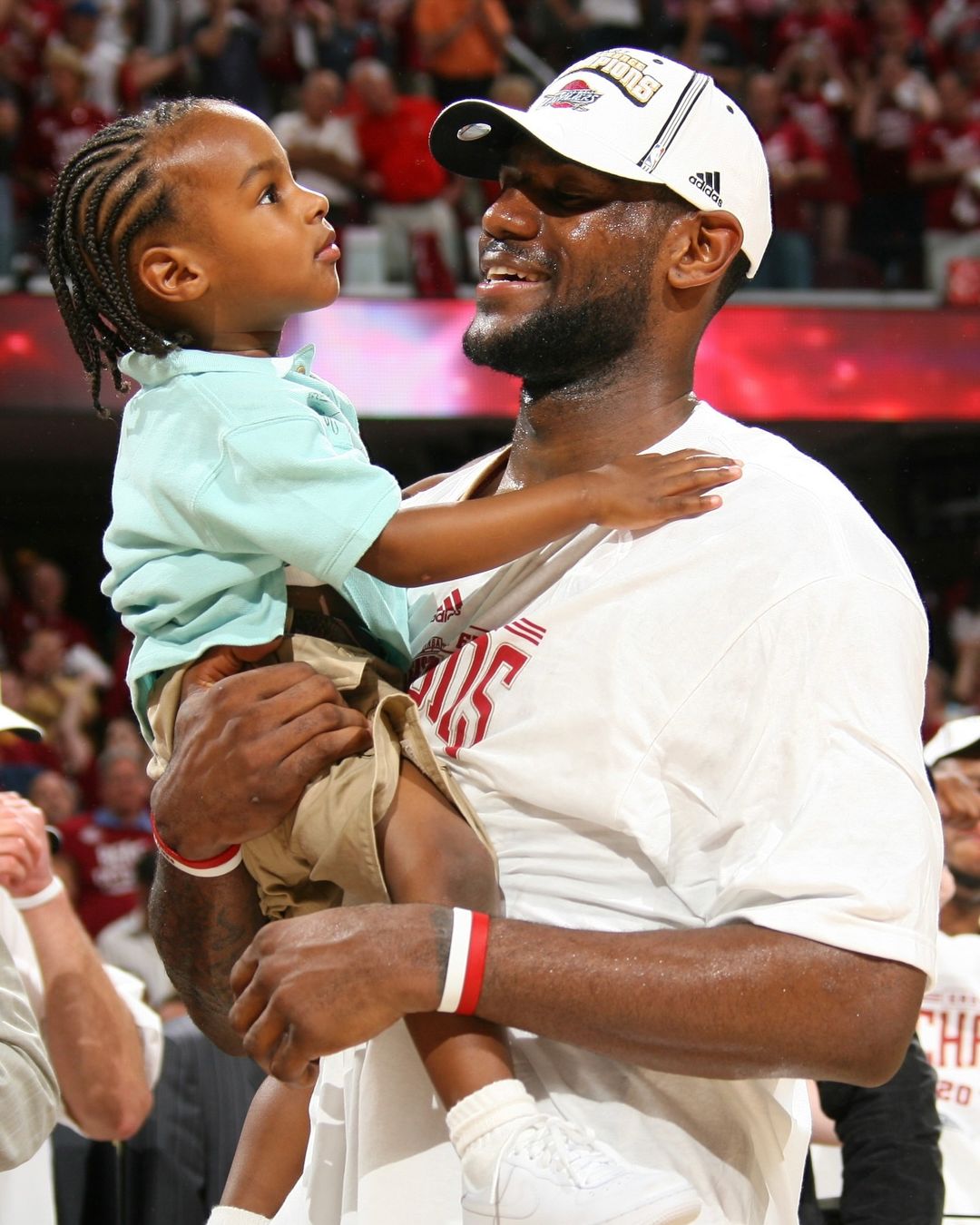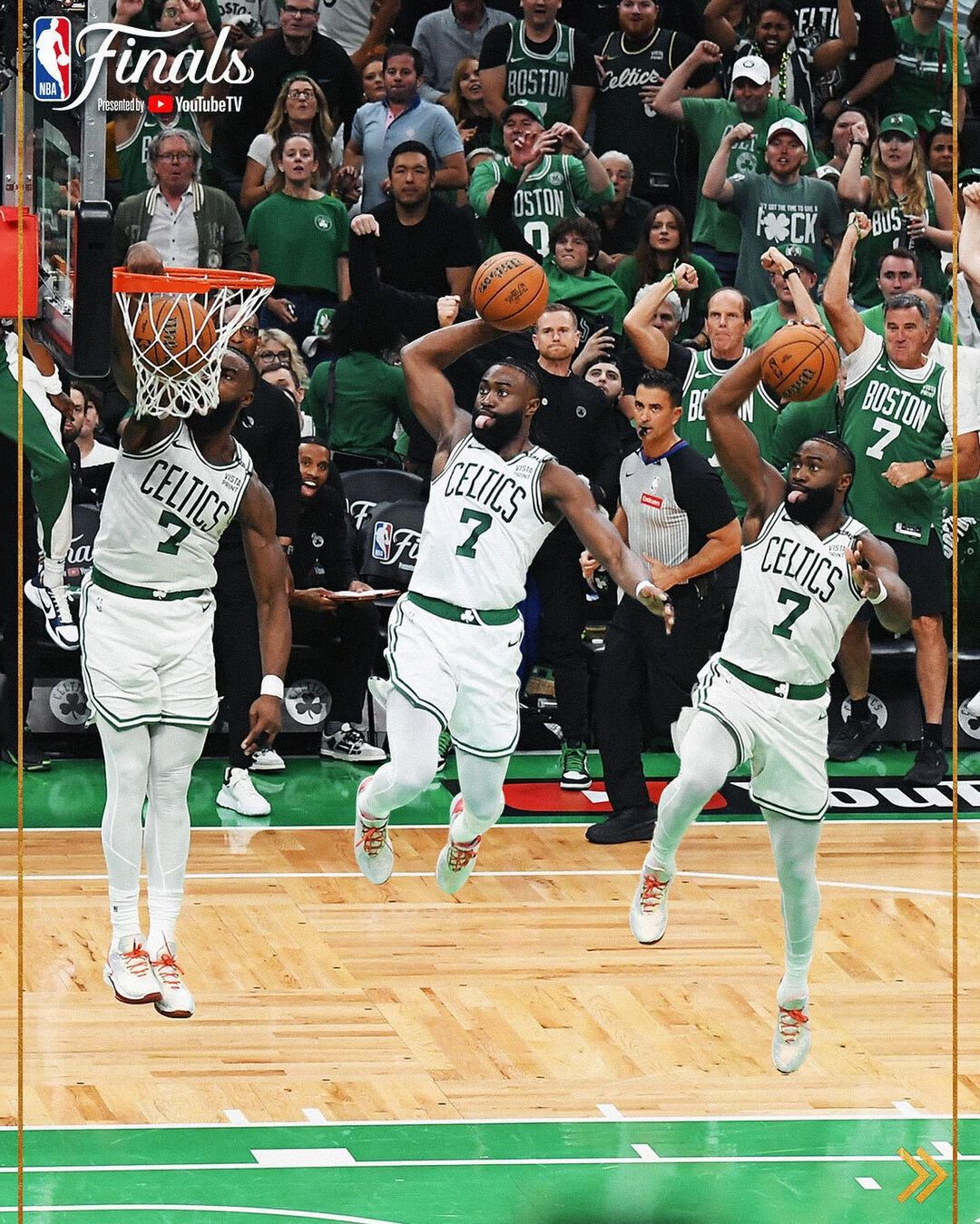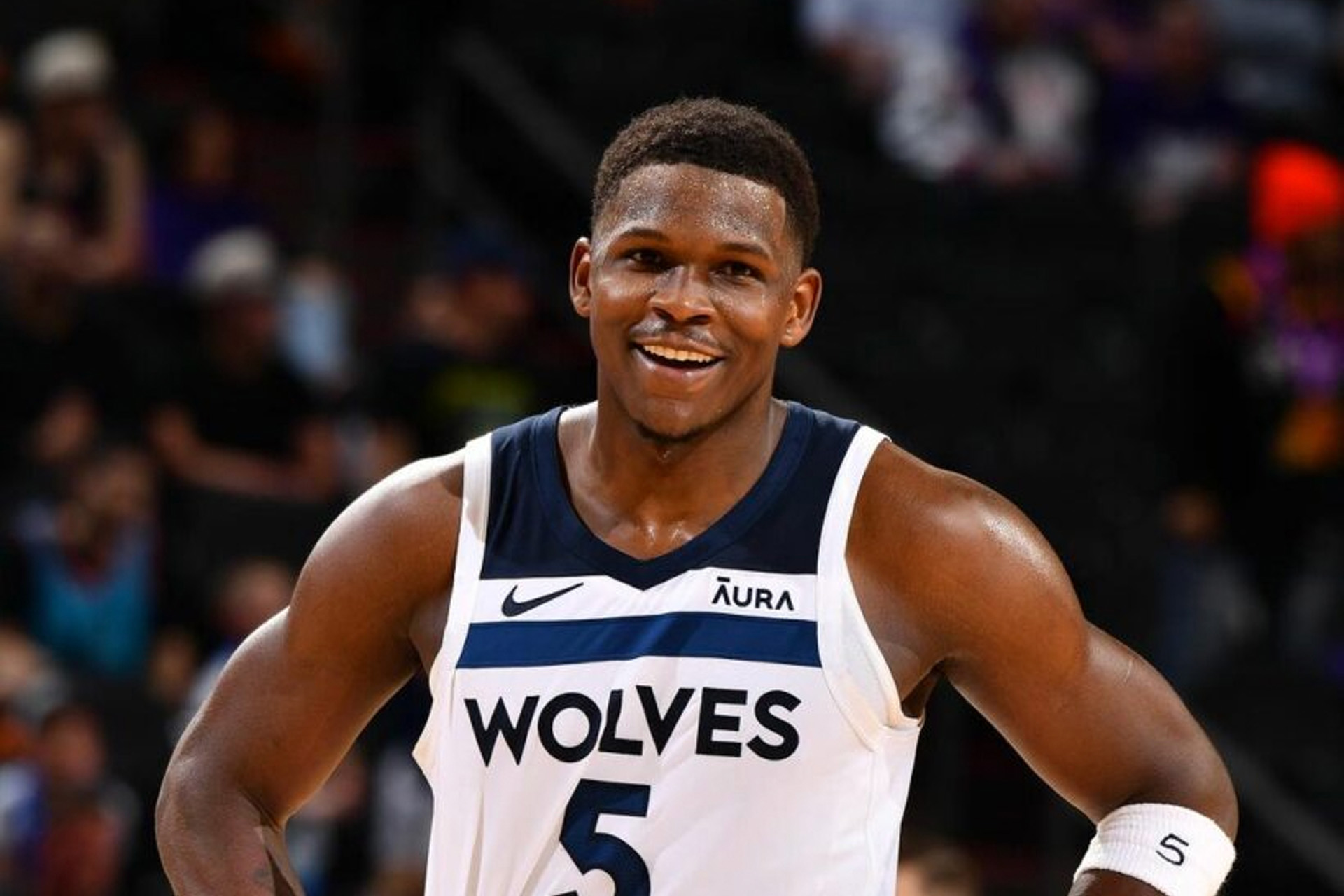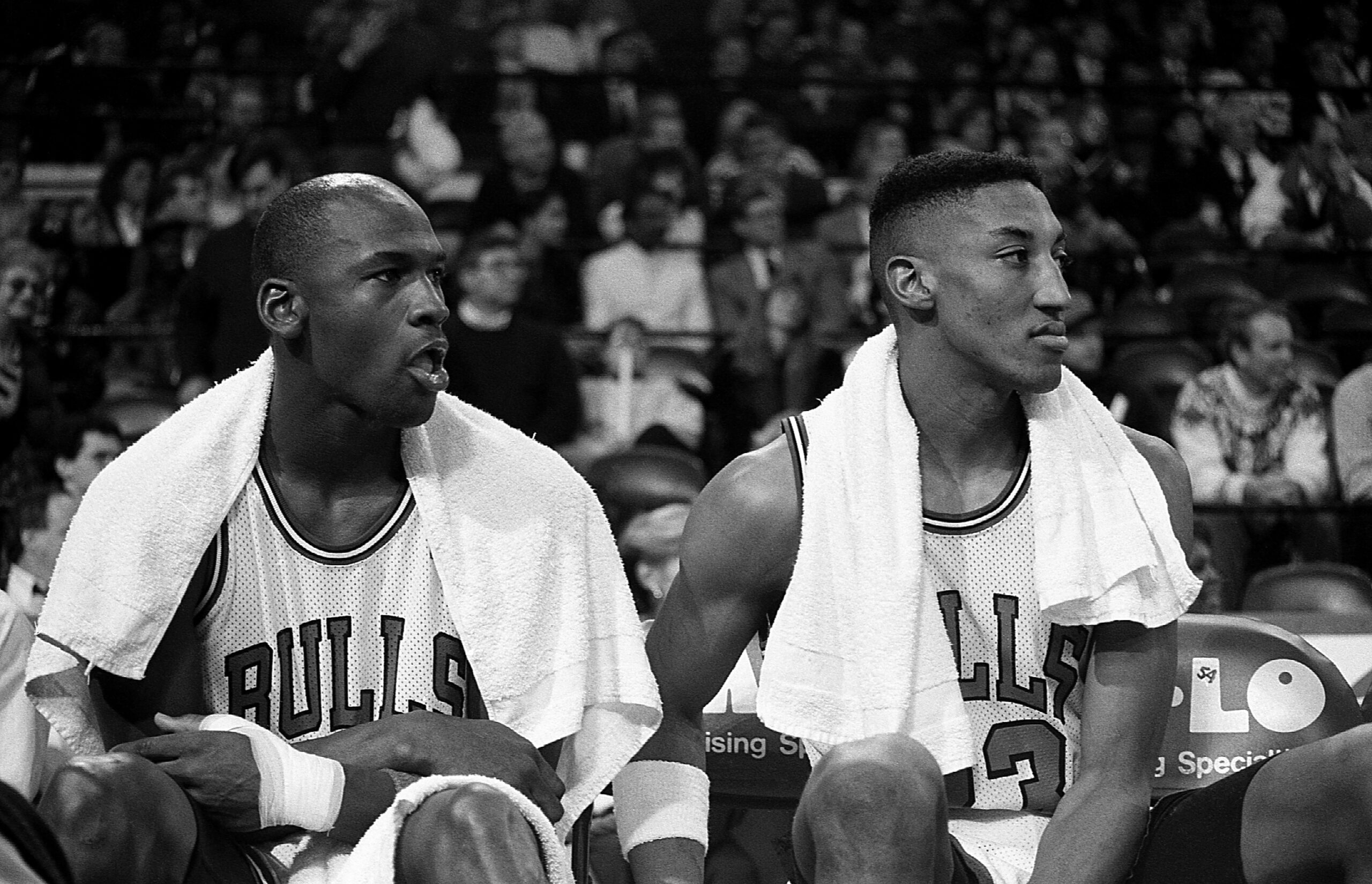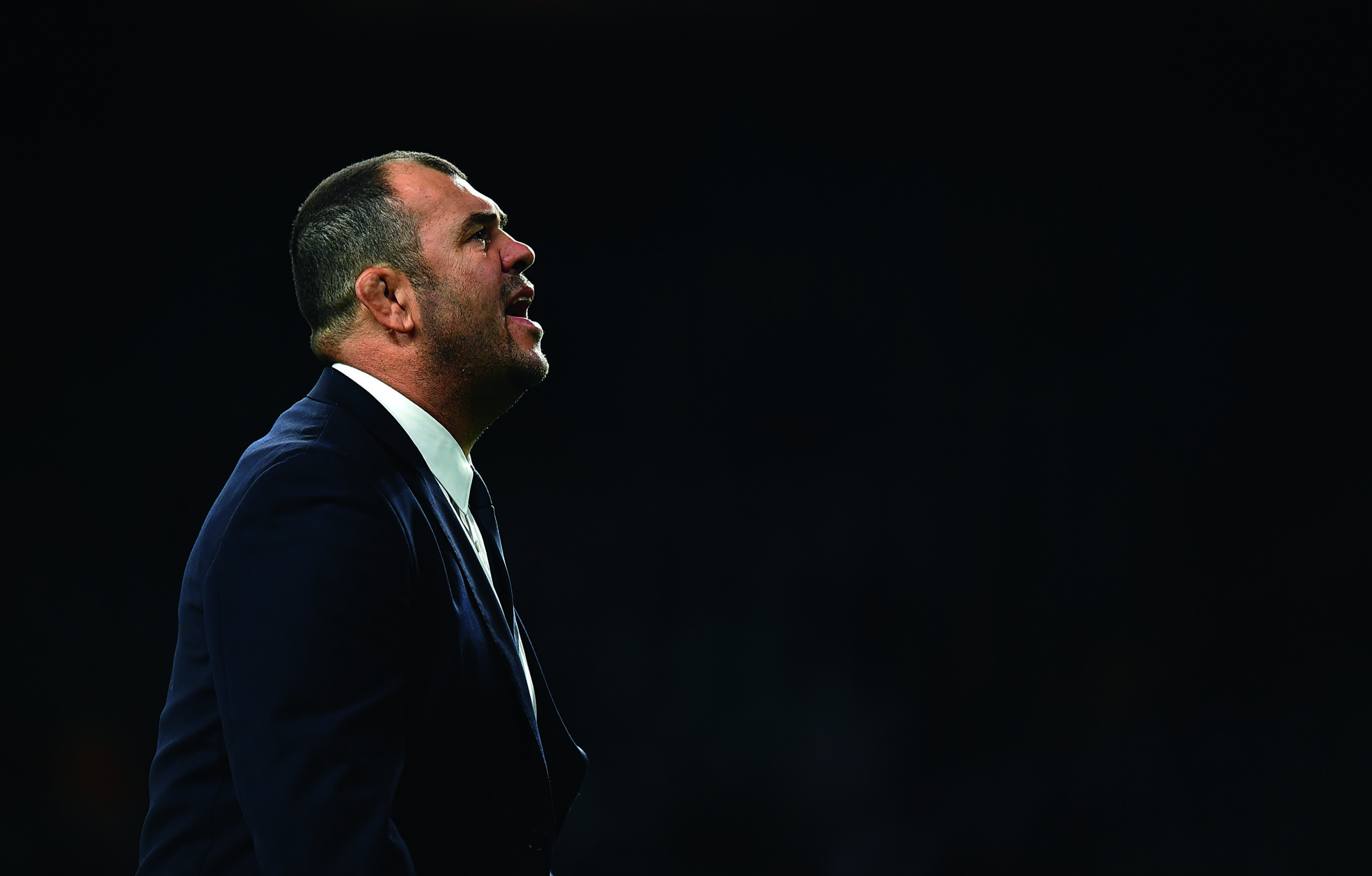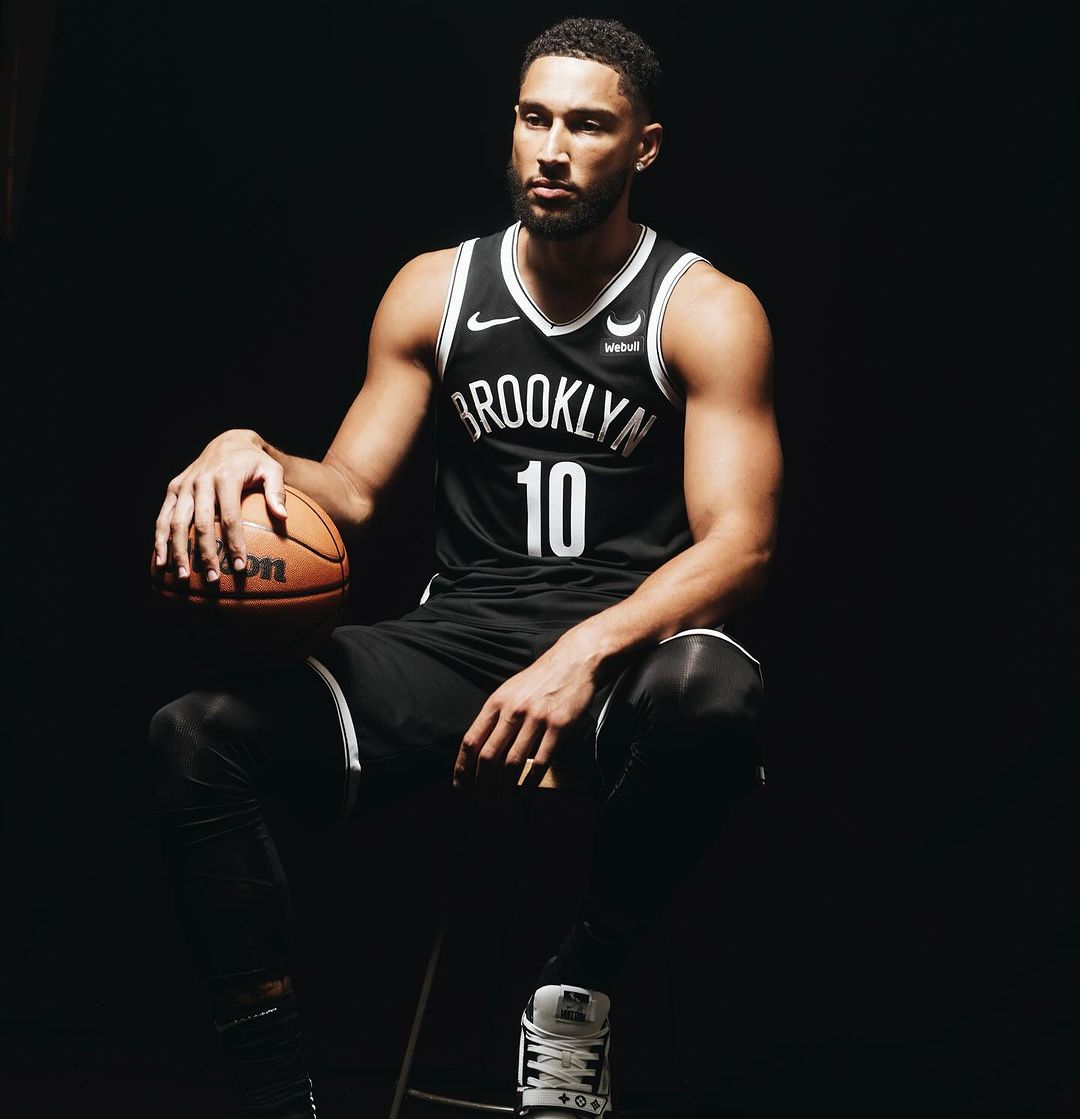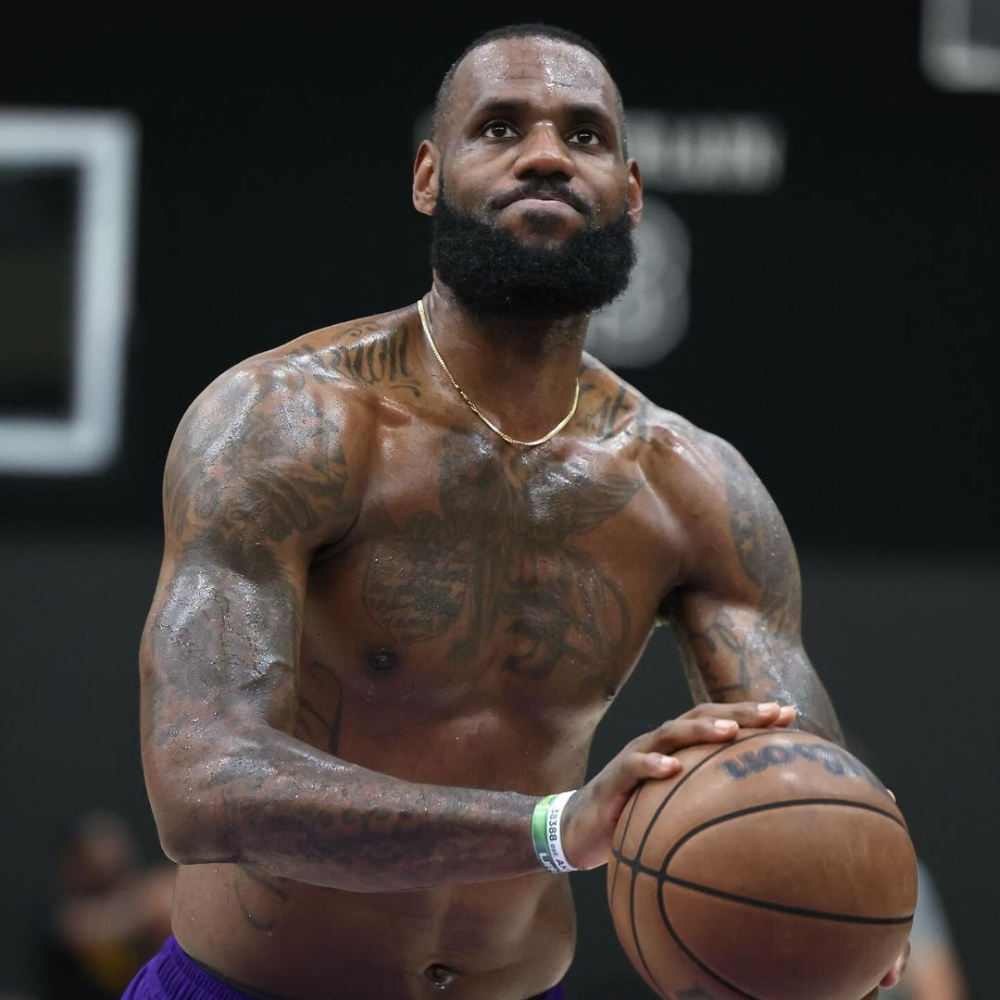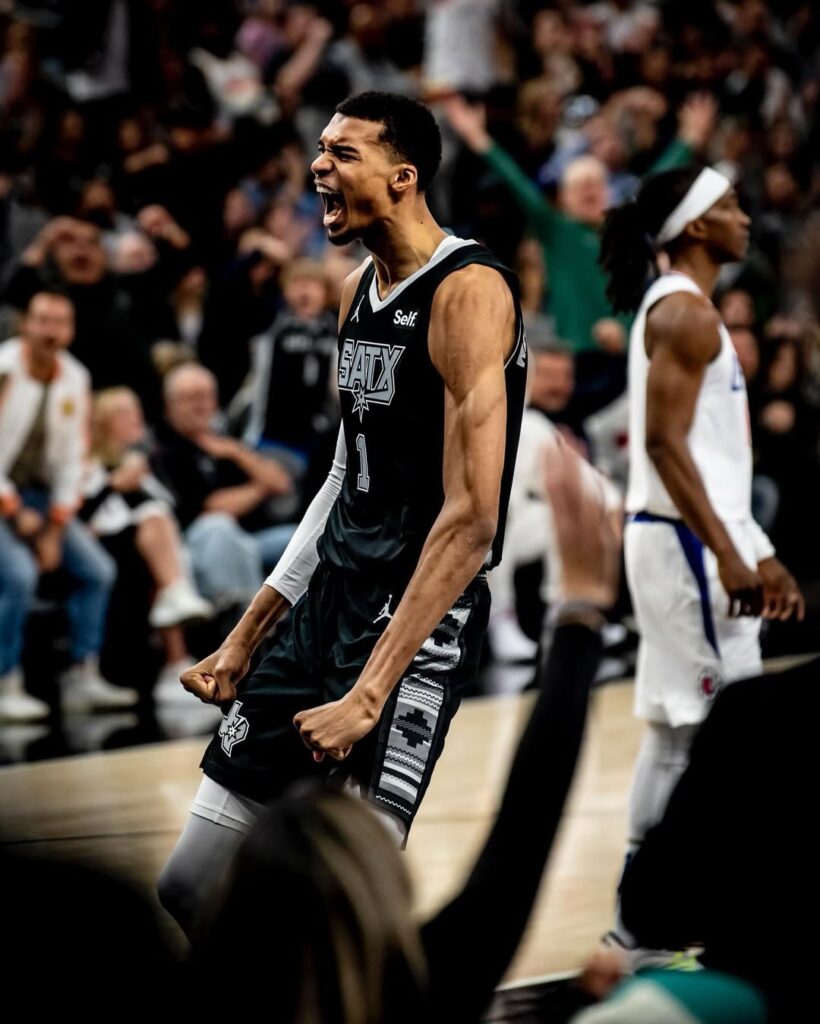
“IT’S THE HOPE that kills you”. The oft-repeated line from Apple dramedy Ted Lasso, might best encapsulate how San Antonio Spurs fans are feeling right now, after news their superstar center, Victor Wembanyama, has been ruled out for the season with deep-vein thrombosis.
A more cynical twist on the quote – the origins of which are variously attributed to Sir Peter Ustinov, John Cleese and Shakespeare – might be ‘it’s the hype that kills you’, for the paradox of athletic promise is increasingly central to the experience of sporting fans in 2025. In Wemby’s case, while the nature of the ailment is unexpected, the prospect of an injury issue of some kind has always been lurking in the long shadow cast by his 7’ 4” frame.
The 21-year-old Frenchman is the NBA’s prince who was promised, widely regarded as the future face of the league. Importantly, he was delivering on his promise, enjoying a breakout sophomore season, in which he’s averaged 24.3 points and 11 rebounds a game. He was an odds-on favourite to win the Defensive Player of the Year award, an accolade many analysts believe he is a lock to claim for the next decade.
The good news for the Spurs is that the injury is not one that’s likely to plague the Frenchman throughout his career, in the way an Achilles or ACL tear might. Deep-vein thrombosis is typically treated with blood-thinning medication, which usually precludes a player from participating in a contact sport. There are only 30 or so games left before the play-offs begin and the 12th-placed placed Spurs were going to struggle to make the play-in tournament. It makes sense to shut Wemby down.
But the news still sucks, in large part due to the aforementioned ‘hope’ a player like Wemby inspires. The sheer improbability of his 7’ 4” physique, coupled with his preternatural co-ordination, allows him to do things on the basketball court that cause even his peers to shake their heads. At the same time, though, the unlikely package of his physical gifts has meant there’s always been a too-good-to-be true quality about him.
Since Wemby entered the league in 2023, a cruel clock tucked away somewhere in the bowels of the Spurs’ Frost Bank Center has been silently counting down to the moment when the Frenchman’s body might break down. Wemby had, until now, defied the doubters and the odds, a testament to his incredible work ethic – the hours he spends in the weight room putting muscle on his elongated frame – and to the rigorous recovery regimen he follows to guard against his outsized injury risk. A devout yoga fan, Wemby has gone to great lengths (7 feet four inches perhaps) to fortify his physique through flexibility. There are few people on the planet over 7 feet who can touch their toes or put their bum on their heels – Wemby is one of them.
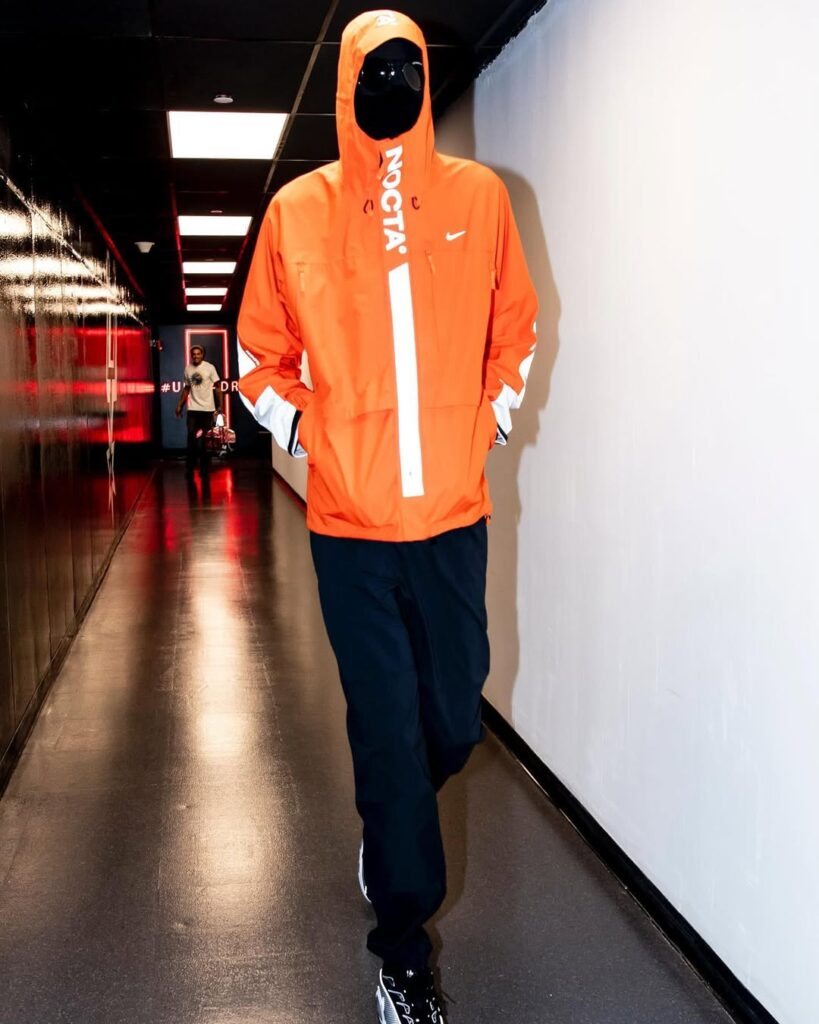
The problem for the NBA is that the league is increasingly populated by athletic freaks, who are recruited on the promise of their physical gifts – think pterodactyl wingspans, jump-out-of-the-gym vertical leaps. But it is perhaps the sharpness of these athletic tools – weapons is perhaps a better word – that makes the players so vulnerable to harm.
This conundrum isn’t unique to basketball. As sports science and cutting-edge training techniques see athletes push the boundaries of athletic achievement, the commensurate cost is increased injury risk. This is particularly true of collision sports, such as grid-iron, rugby league and Aussie Rules. This injury equation means that every year, you can count on some of the sports’ brightest stars, Nathan Cleary, for example, in rugby league or Bailey Smith, in AFL, missing large chunks of the season. In turn, this colossal variable means success in team sports can often hinge on which team has enjoyed the best injury luck and is healthiest at the right time of year.
Of course, there are exceptions. LeBron James continues to defy sports science by posting video game stats at age 40, though he did just sit out the All-Star game with an ankle issue. Michael Jordan played all 82 games for the Washington Wizards aged 40, a remarkable accomplishment, and one that may outlast all his other records.
It makes you wonder how long this state of affairs can continue. Calls for the NBA season to be shortened have grown in recent years, though, convincing billionaire team owners to forgo the revenue such a move would entail, mean those calls are unlikely to be heeded.
But perhaps we are reaching a limit, particularly as the sums of money paid to players approach GDP-of-small-country levels. As we’ve just seen with the earth-shattering Luka Dončić trade, more teams in future may be unwilling to bet on players’ health, no matter how talented that player is and particularly if the player in question doesn’t look after their bodies. The likelihood is Williamson will be traded in the off season. Similarly, there are rumours that the Memphis Grizzlies’ Ja Morant, a player who boasts the best highlight reel in the NBA but spends much of his time in drippy street clothes due to injury and off-court misdemeanours, will be on the trading block over the summer.
It’s perhaps instructive then, that the best player in the NBA right now, is one who was completely unheralded: Nikola Jokić. There were no mixtapes of jaw-dropping high school highlights. The Serb was infamously drafted at number 41 in the 2014 draft, the announcement occurring during a Taco Bell commercial. His passing ability and basketball IQ are largely ageless skills, immune to the injury curse. And his distinct lack of athleticism means he barely leaves the ground, diminishing the risk of him getting hurt.
Jokić had a slow start to his NBA career, but he got better every season, as more hyped, more athletic players have fallen to the floor around him. In a league of freaks, ironically, it is Jokic that is the outlier. And the safest bet for sustained success.
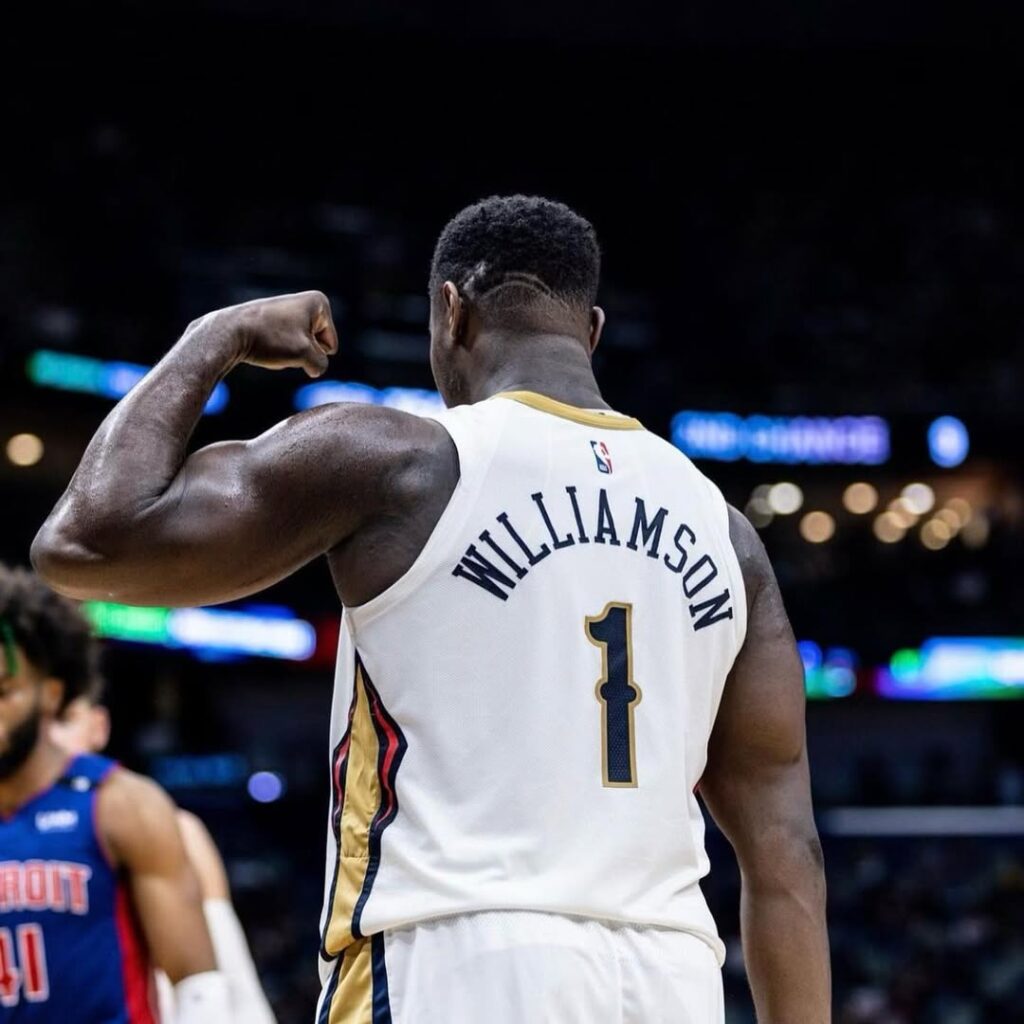
Who is Victor Wembanyama?
Wembanyama, who hails from France, was the no.1 pick in the 2023 NBA draft, and the most highly touted drafted pick since LeBron James. Wemby averaged 21 points, 10 rounds and 3.6 block per game in his rookie season, on his way to winning the 2024 Rookie of the Year Award.
What is Victor Wembanyama’s injury?
Wembanyama was diagnosed with deep vein thrombosis, a type of blood clot, in his right shoulder, on Thursday. Wembanyama had started feeling symptomatic recently but believed he would feel better after two days off following the All-Star Game. His symptoms persisted, however, and Wembanyama underwent a battery of tests that confirmed the clot.
How does Victor Wembanyama’s injury affect the Spurs’ chances of making the play-in tournament?
As Wembanyama has been shut down for the remainder of the season, the Spurs’ (23-29) already difficult route to making the play-in tournament (the elimination tournament to decide the final play-off picture) has only got harder. The Spurs are currently in 12th place, three games behind the Phoenix Suns (26-28) and the current tenth-placed Golden State Warriors (28-27), who’ve recently been buoyed by the acquisition of Jimmy Butler.
How does Victor Wembanyama’s injury affect the Spurs’ chances of landing the number 1 draft pick in the 2025 NBA draft?
Wembanyama’s injury could also impact the Spur’s odds in 2025 NBA lottery, where Duke sensation Cooper Flagg shapes as the number 1 pick. Based on the Spurs’ current standing, they would have a 3 per cent chance at the No. 1 pick in this year’s draft.




